URCA Articles
-
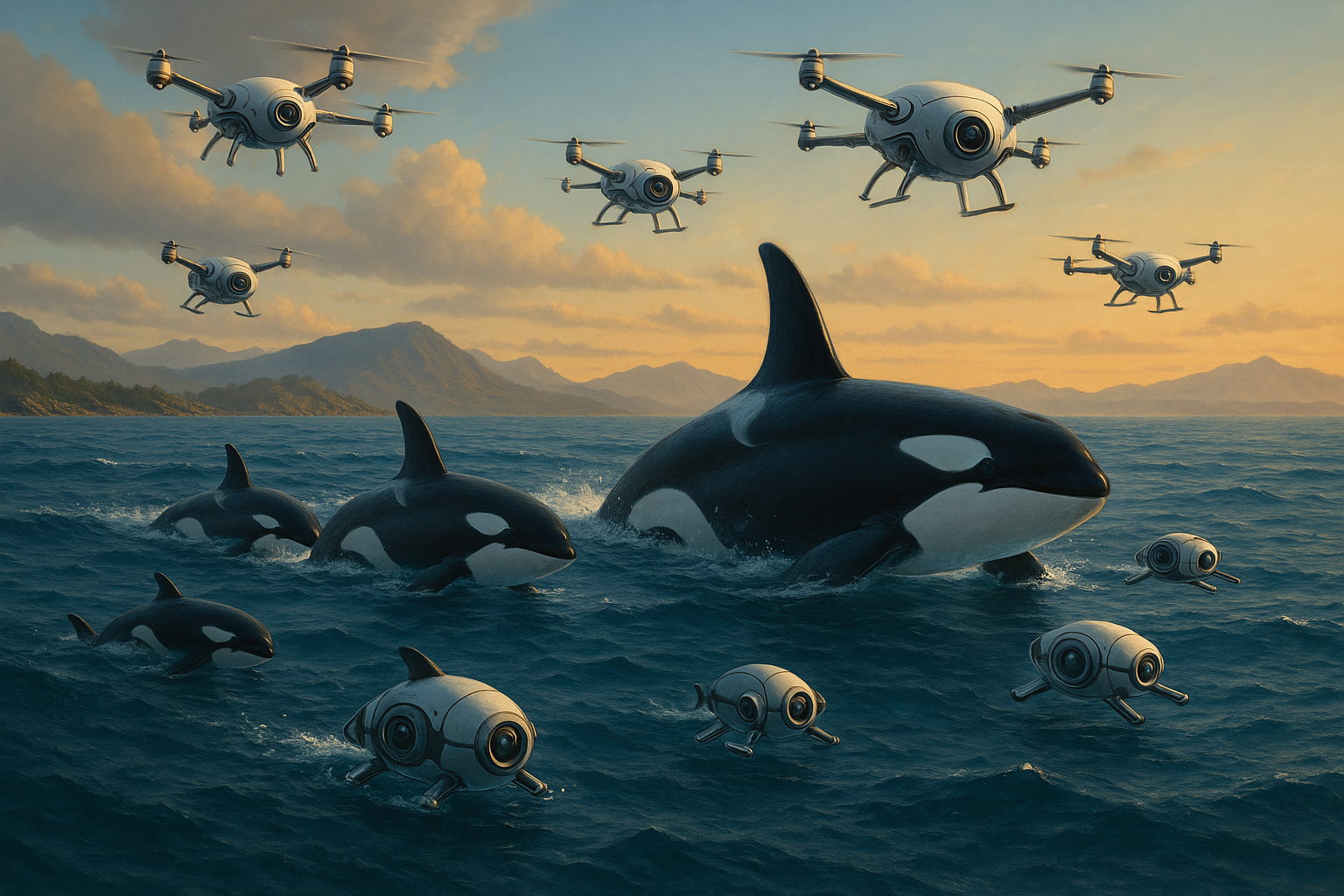
AI and Robotics Cooperatives: Empowering Shared Ownership in Tech
Artificial intelligence (AI) and robotics are transforming industries, but their rapid advancement has raised concerns about centralized control and unequal benefits. In response, a growing movement of AI and robotics cooperatives is emerging to democratize technology development. These cooperatives are organizations owned and governed by their members – whether workers, users, or communities – and…
-
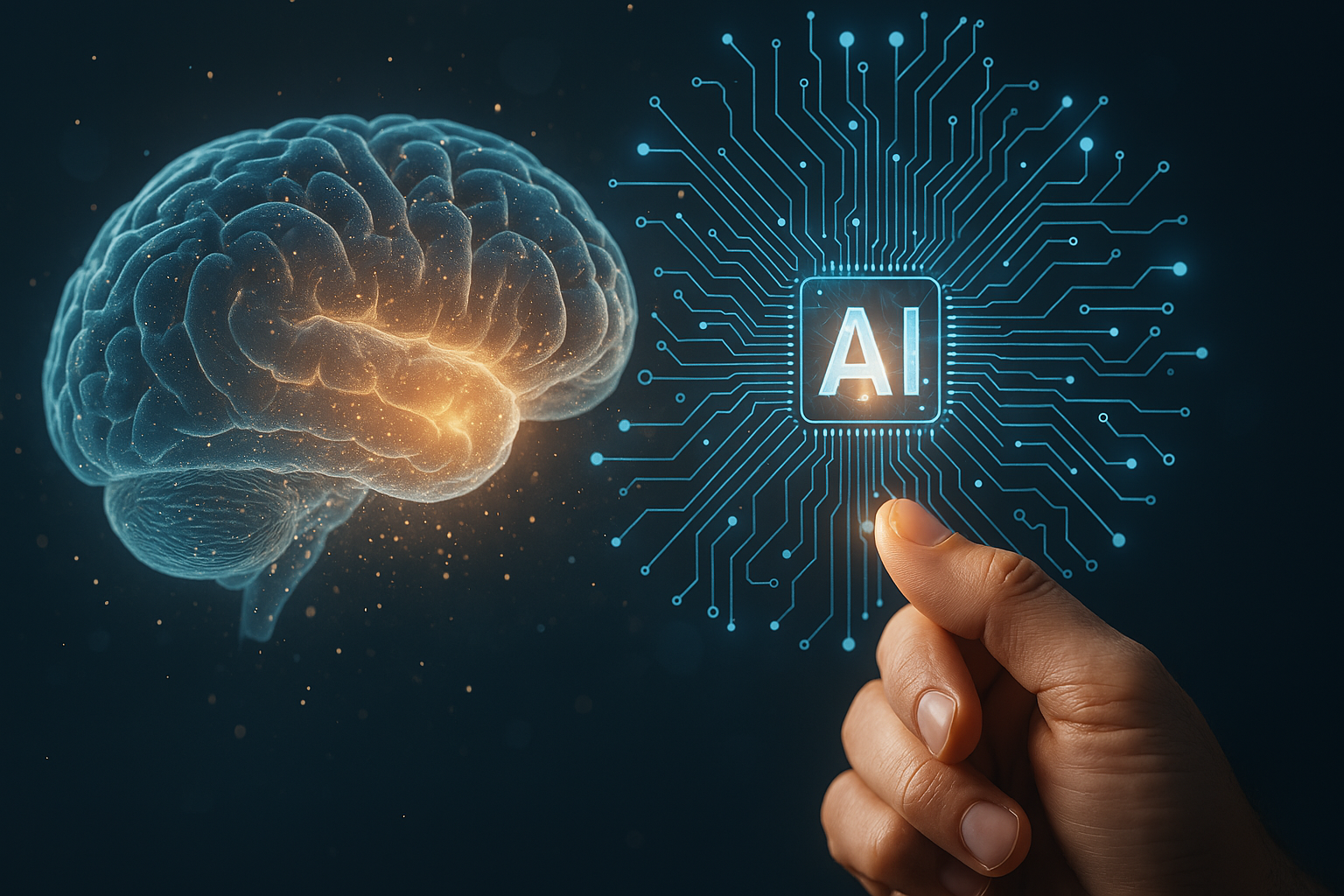
Generative AI
Generative AI refers to a category of artificial intelligence systems capable of creating new content – such as text, images, music, code, or video – that has not been seen before. Unlike traditional discriminative AI models that focus on classifying or predicting based on existing data (e.g. identifying if an image contains a cat), generative…
-

Inference (in AI)
Inference in artificial intelligence (AI) refers to the process by which an AI system draws conclusions or makes decisions based on available information, knowledge, or patterns, especially when facing data it has not seen before. In essence, it is the step where an AI applies what it has learned to new inputs, analogous to a…
-
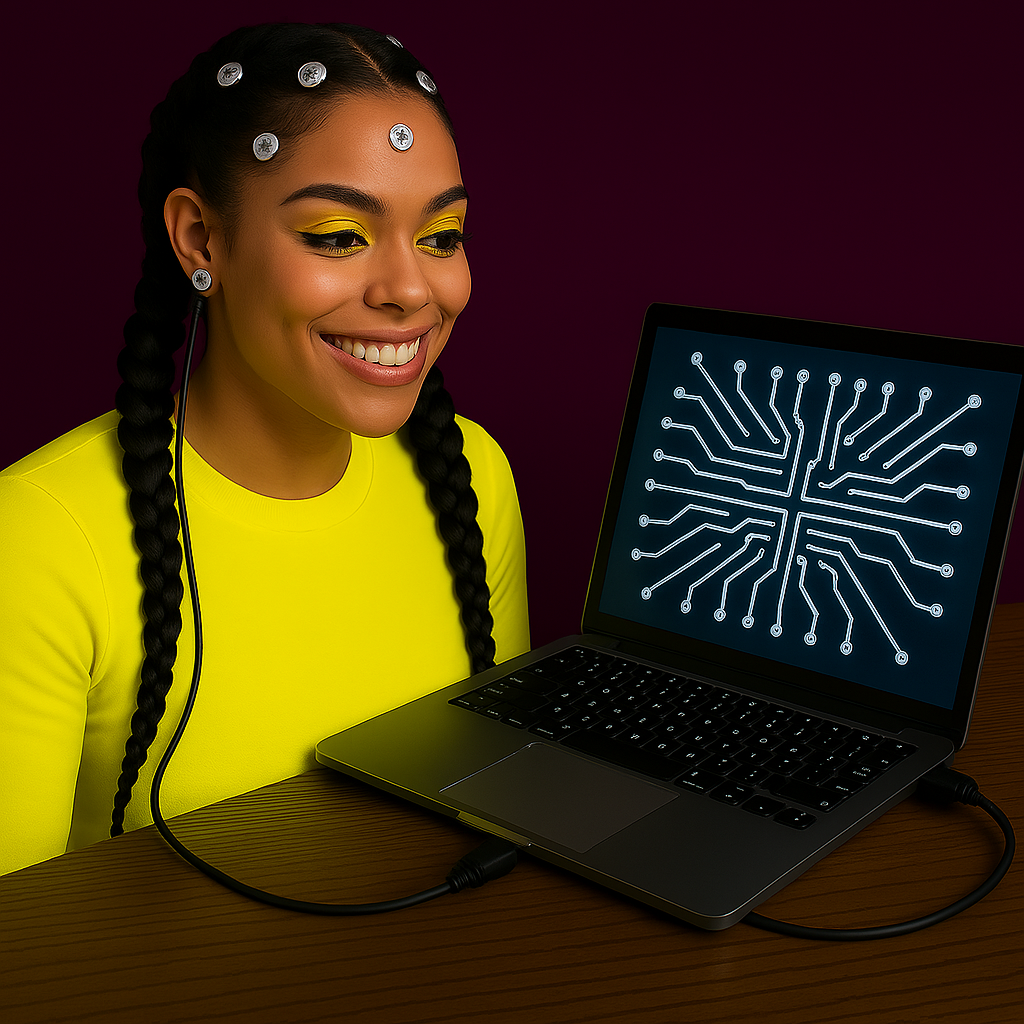
Non-Invasive Brain-Computer Interfaces: EEG, MEG, and fNIRS for Real-Time Thought Decoding in AI and Robotics
Brain-computer interfaces (BCIs) create a direct communication pathway between the human brain and external devices. By decoding neural activity into signals that can control computers, robots, or other systems, BCIs allow “thoughts” to be translated into actions or communication in real time. BCIs have enormous potential for assisting people with paralysis or neurodegenerative diseases in…
-
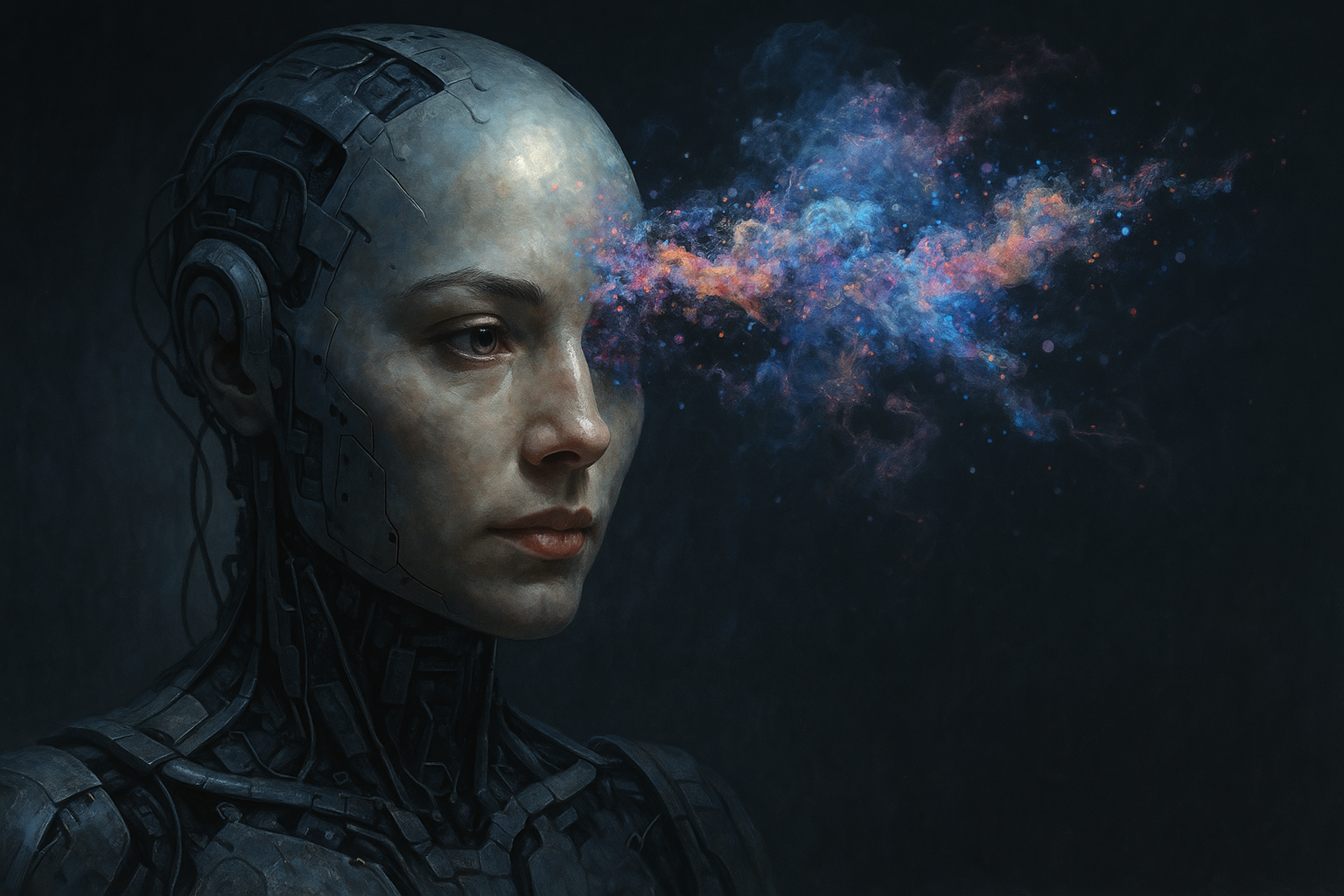
Predictive Modeling
Definition and Overview Predictive modeling in the context of artificial intelligence (AI) is the process of using historical data and statistical algorithms (often powered by machine learning) to build models that can forecast future outcomes or unknown events. In simpler terms, a predictive model learns patterns from past data and predicts likely future behavior or…
-

Taylor Police Department in Michigan: Pioneering AI and Robotics in Policing
In Taylor, Michigan, the police department is harnessing cutting-edge artificial intelligence (AI) and robotics to transform its law enforcement operations. This suburban Detroit community’s officers have become early adopters of technologies like autonomous drones, AI-powered “robot dogs,” and automated license plate recognition systems – tools that many larger agencies are only beginning to explore. Taylor…
-
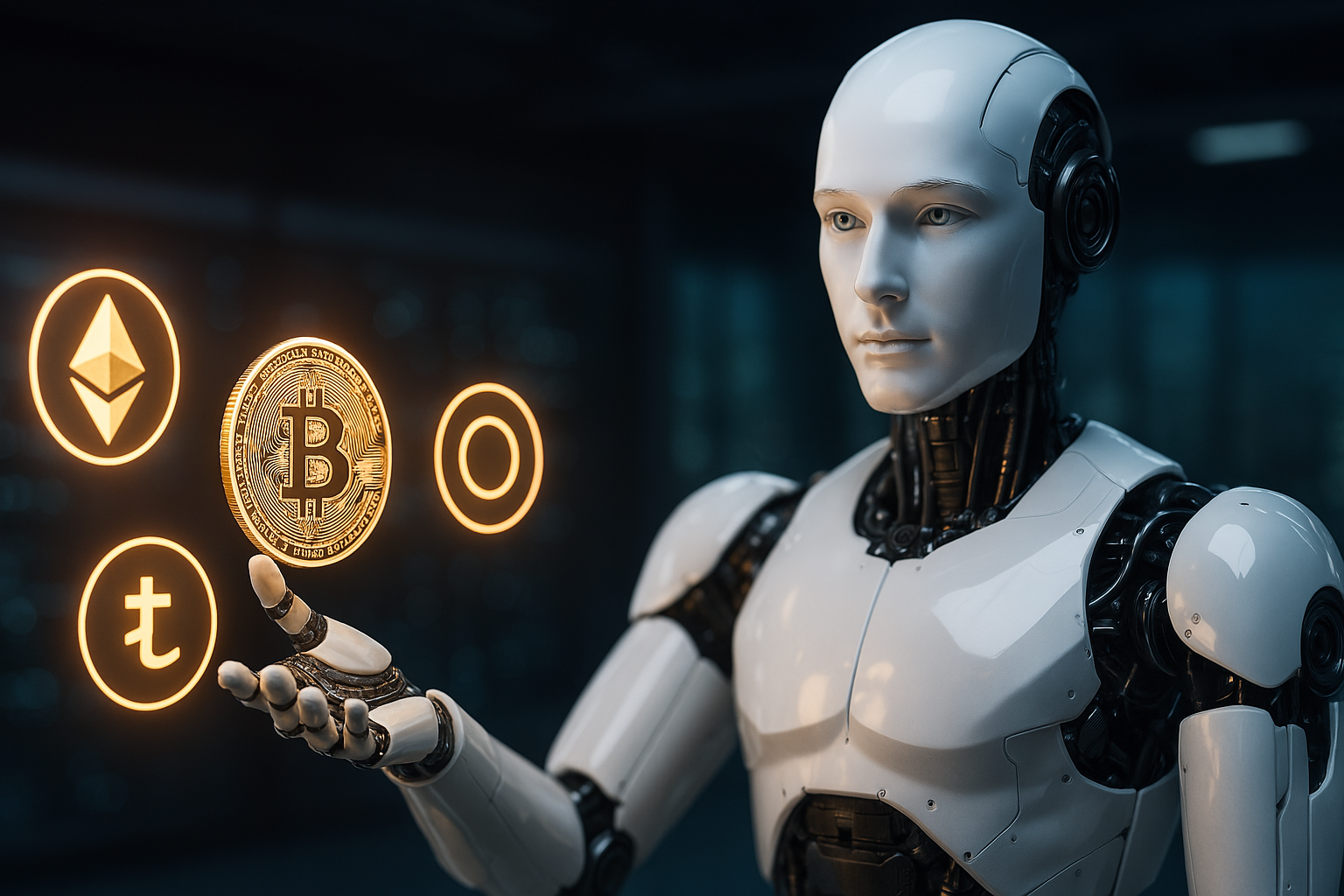
The Role of Cryptocurrency in the AI and Robotics World
Introduction Cryptocurrencies and blockchain technology are increasingly intersecting with artificial intelligence (AI) and robotics, creating a symbiotic relationship that is reshaping how these systems operate. On one hand, blockchain provides decentralized infrastructure, security, and a built-in economic layer for AI and robotic applications. On the other, AI can enhance blockchain networks and enable smarter automation…
-

Stanford University: A Leader in AI and Robotics Education and Research
Stanford University has long stood at the forefront of artificial intelligence (AI) and robotics, from pioneering research in the field’s infancy to training new generations of innovators today. Located in the heart of Silicon Valley, Stanford has been a cradle of AI since the term was coined and a powerhouse in robotics for decades. Its…

